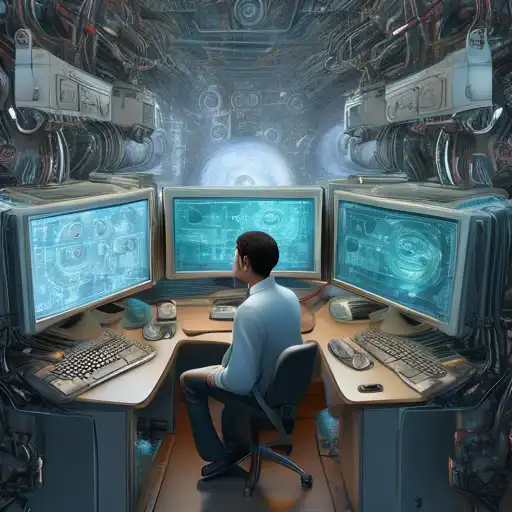Introduction to Computer Vision
Computer vision is a field of artificial intelligence that trains computers to interpret and understand the visual world. By leveraging digital images from cameras and videos and deep learning models, machines can accurately identify and classify objects — and then react to what they "see."
The Science Behind Computer Vision
At its core, computer vision involves the automatic extraction, analysis, and understanding of useful information from a single image or a sequence of images. It involves the development of a theoretical and algorithmic basis to achieve automatic visual understanding.
Key Technologies Driving Computer Vision
- Deep Learning: Enables machines to recognize patterns in visual data.
- Convolutional Neural Networks (CNNs): Specialized neural networks that can process pixel data.
- Image Processing: Techniques to enhance or otherwise manipulate images for better analysis.
Applications of Computer Vision
Computer vision technology is being used in a variety of industries, from healthcare to automotive. Here are some of the most impactful applications:
- Autonomous Vehicles: Cars use computer vision to detect obstacles, read traffic signs, and navigate roads.
- Healthcare: Helps in diagnosing diseases from X-rays, MRIs, and other imaging techniques.
- Retail: Enhances shopping experiences with virtual try-ons and automated checkouts.
Challenges in Computer Vision
Despite its advancements, computer vision faces several challenges, including the need for large datasets for training, understanding context, and dealing with varying lighting conditions.
Overcoming the Challenges
Researchers are continuously working on improving algorithms and leveraging more advanced machine learning techniques to overcome these hurdles.
The Future of Computer Vision
The future of computer vision is incredibly promising, with potential advancements in real-time processing, 3D modeling, and even more accurate object recognition. As technology evolves, the possibilities are endless.
Computer vision is not just about teaching machines to see; it's about enabling them to understand and interact with the world in ways we've only begun to imagine. With continuous research and development, the day when machines can see and interpret the world as humans do is not far off.
